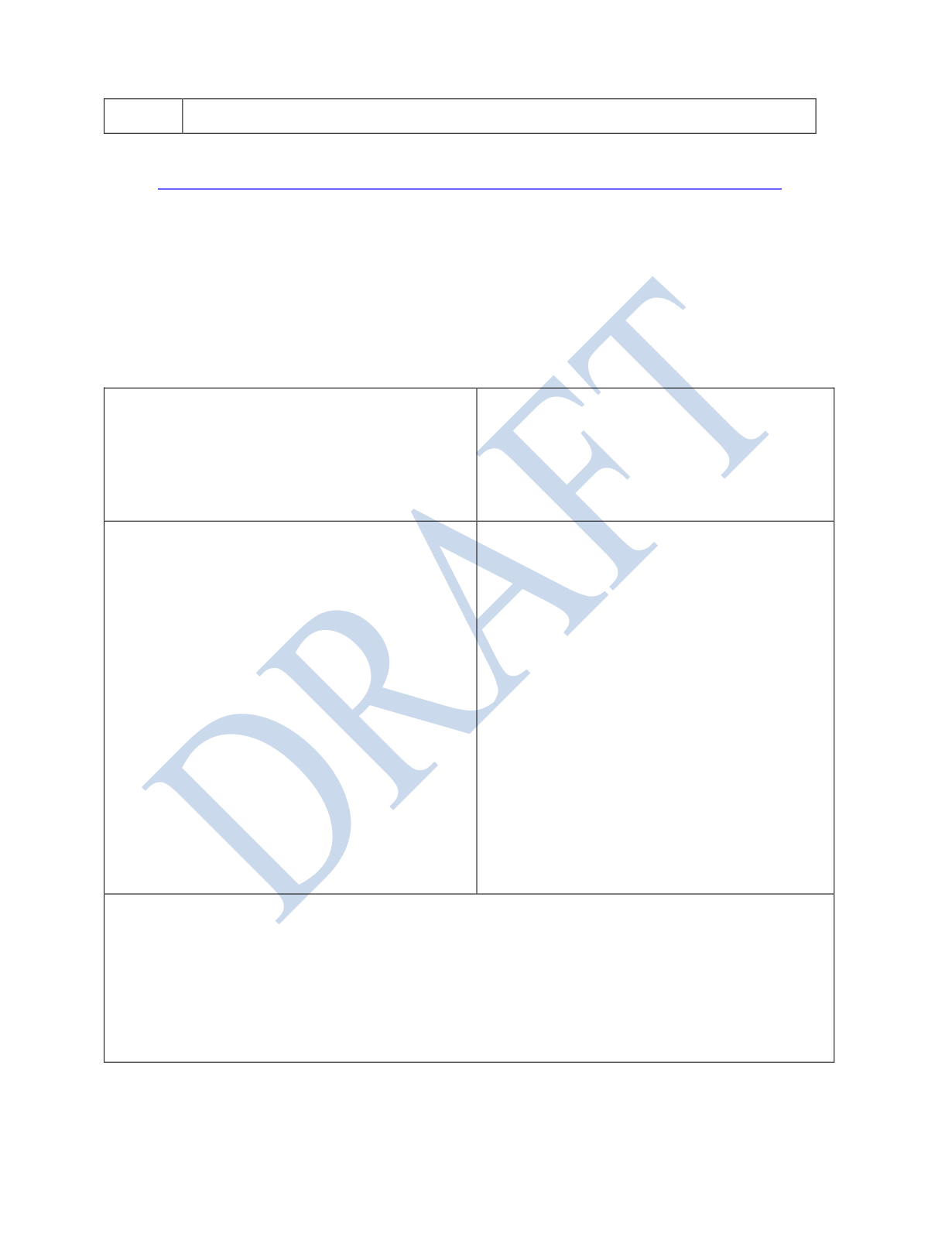

133
DoDEA School Health Services Manual 2942.0 Volume 1 Revised: 2016 DRAFT
I-13
Concussion, What School Personnel Need to Know
Information obtained from CDC Heads Up
http://www.concussiontreatment.com/images/CDC_Heads_Up_Fact_Sheet_Parents_High_School.pdfA concussion is a type of brain injury that changes the way the brain normally works. A
concussion is caused by a bump, blow, or jolt to the head. Concussions can also occur from a
fall or blow to the body that causes the head and brain to move rapidly back and forth. Even
what seems to be a mild bump to the head can be serious.
Children and adolescents are among those at greatest risk for concussion. The potential for a
concussion is greatest during activities where collisions can occur, such as during physical
education (PE) class, playground time, or school-based sports activities.
FACT:
* All concussions are serious.
* Most concussions occur without loss of
consciousness.
*Recognition and proper response to
concussions when they first occur can help
prevent further injury or even death.
RECOGNIZE A CONCUSSION
The signs and symptoms of concussion
can show up right after an injury or may
not appear or be noticed until hours or
days after the injury.
SIGNS OBSERVED BY SCHOOL STAFF:
Appears dazed or stunned • Is confused
about events • Answers questions slowly •
Repeats questions • Can’t recall events prior
to the hit, bump or fall • Can’t recall events
after the hit, bump or fall • Loses
consciousness (even briefly) • Shows
behavior or personality changes • Forgets
class schedule or assignments
**Send a student to the school nurse, or
medical follow up, for any kind of forceful
blow to the head or to the body that results
in rapid movement of the head, AND for
any change in the student’s behavior,
thinking, or physical functioning, and if you
notice or suspect any signs of concussion or
student reports symptoms after a head
injury.
SYMPTOMS REPORTED BY STUDENT:
EMOTIONAL: • Irritable • Sad • More
emotional than usual • Nervous
THINKING/REMEMBERING: • Difficulty
thinking clearly • Difficulty concentrating
or remembering • Feeling more slowed
down • Feeling sluggish, hazy, foggy, or
groggy SLEEP*: • Drowsy • Sleeps less
than usual • Sleeps more than usual • Has
trouble falling asleep *Only ask about
sleep symptoms if the injury occurred on a
prior day
PHYSICAL: • Headache or “pressure” in
head • Nausea or vomiting • Balance
problems or dizziness • Fatigue or feeling
tired • Blurry or double vision • Sensitivity
to light or noise • Numbness or tingling •
Does not “feel right”
DANGER SIGNS
Be alert for symptoms that worsen over time. A student should
be seen in an emergency department right away if s/he has: • One pupil (the
black part in the middle of the eye) larger than the other • Drowsiness or cannot
be awakened • A headache that gets worse and does not go away • Weakness,
numbness, or decreased coordination • Repeated vomiting or nausea • Slurred
speech • Convulsions or seizures • Difficulty recognizing people or places •
Increasing confusion, restlessness, or agitation • Unusual behavior • Loss of
consciousness (even a brief loss of consciousness should be taken seriously)



















